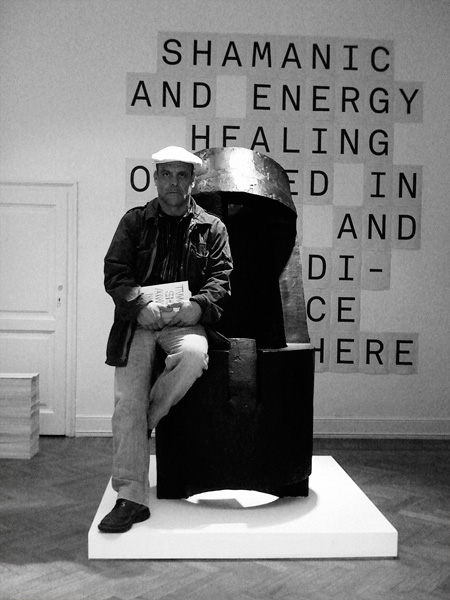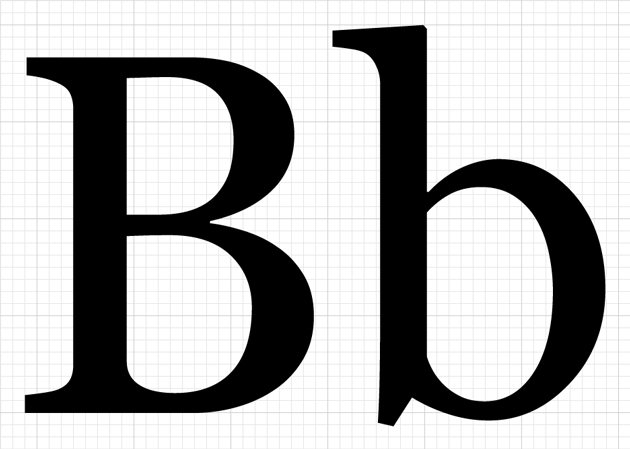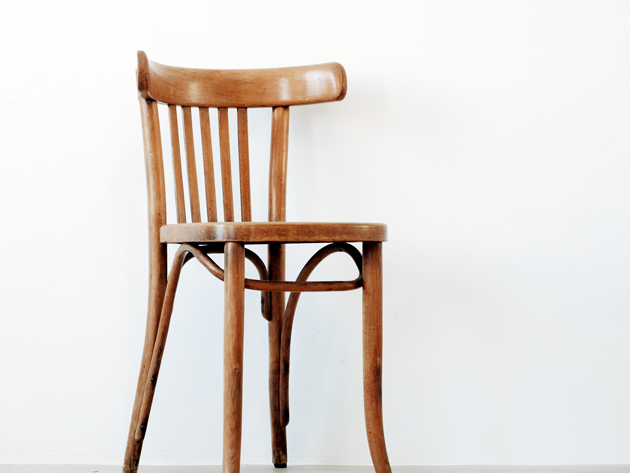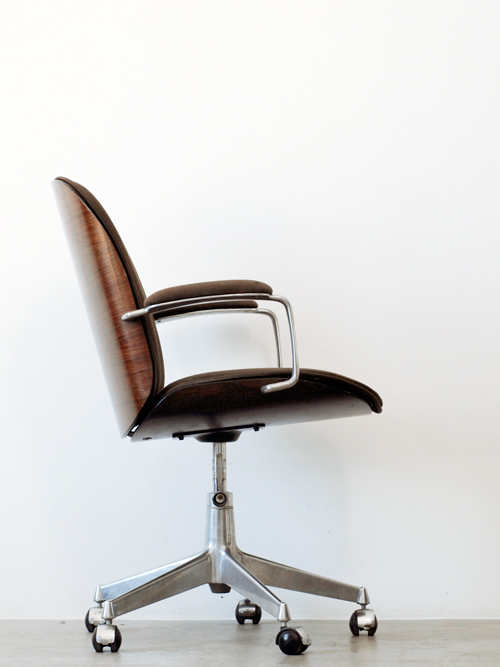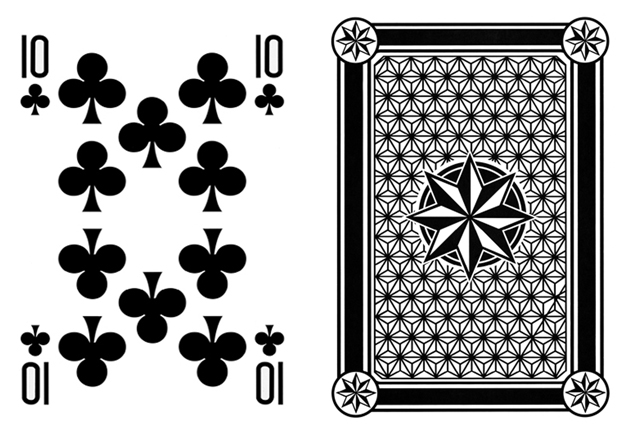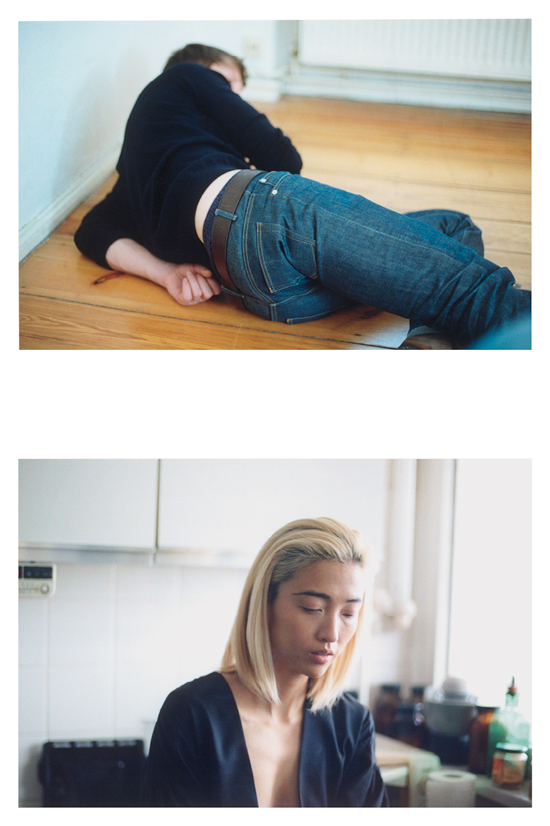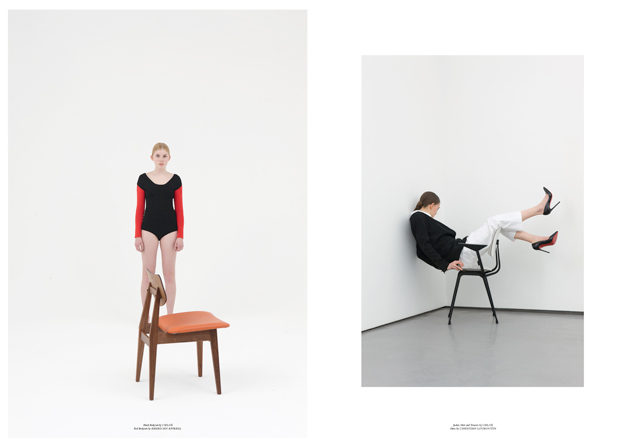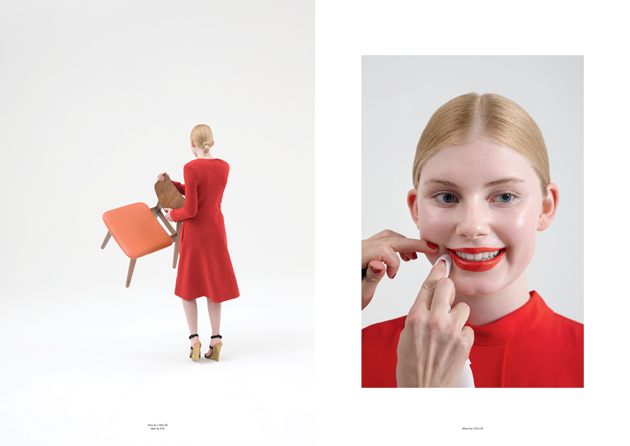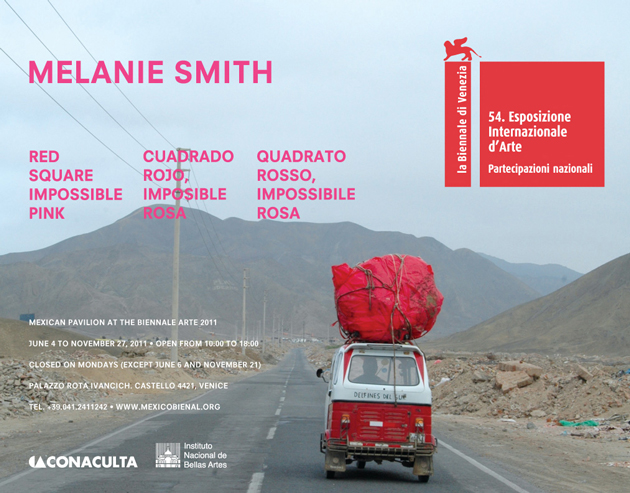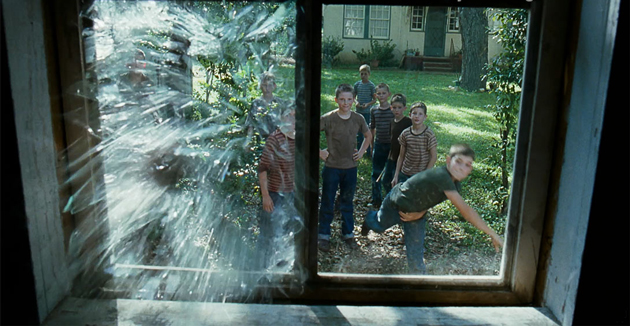.
Mayami Son Machín / Gallery Diet Miami
Our guest bloggers Proyectos Ultravioleta talk about their exhibition “Mayami Son Machín” which runs until July 23rd at Gallery Diet in Miami.
When Gallery Diet invited Proyectos Ultravioleta to do a show in Miami, a city we knew very little about (besides all that we Latin-Americans pretend to know about Miami, that is), our most reasonable option was to do a show about what we thought Miami was, regardless of whether it was true or not.
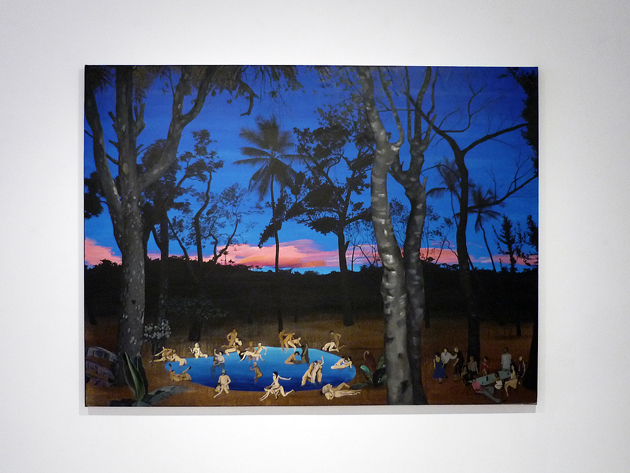
Neon colors were definitely involved, as were sex, music and a large dose of glamour, decadence, and humor. Partly because that is what a subcontinent believes Miami stands for, partly because that is what it wants the city to be. We broke the exhibition down into three parts: Mayami Son Machín. It is a a simple wordplay on “Miami Sound Machine,” the band that epitomized Miami in the 80s and 90s and was led by the mythical Gloria Estefan, herself an emblem of the complex relationship between Miami and Latin America.
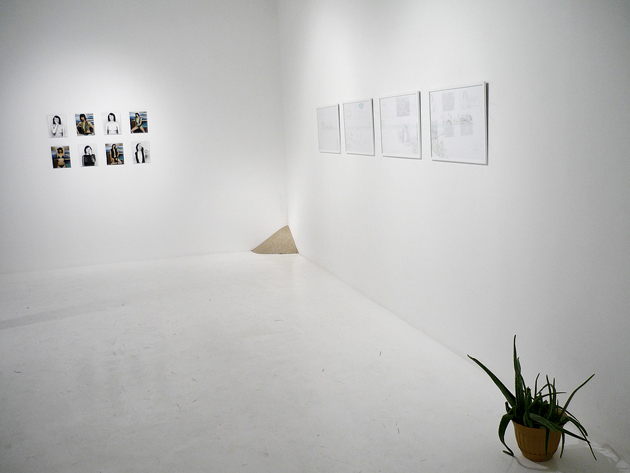
I spoke to someone recently who unconcernedly claimed that Miami was the capital of Latin America, and in many aspects, it is. On one hand, it is the most tropical and thus familiar version of the American dream for forced migrants. On the other hand, it’s a mecca of shopping, glamour and parties for nearly every member of the continent’s aspiring middle and upper classes. But regardless of the circumstances, the Floridian city is a place not to be ignored.
After considering Miami itself – Mayami – and its relationship to Guatemala in particular alongside the whole of Latin America, the show intended to analyze some elements that characterize either one of the geographic areas on which it focused.

Then, the music, vaguely summarized by El Son, of which its Cuban variation became one of the most widely spread Latin rhythms in the world, going as far back as the 1930’s. Using the word as an excuse, the exhibition gathers a series of works that analyze and use music as an idiosyncratic element, which summarizes a whole other series of elements normally associated to all things tropical (rhythm, skin, and sociability in the first place).
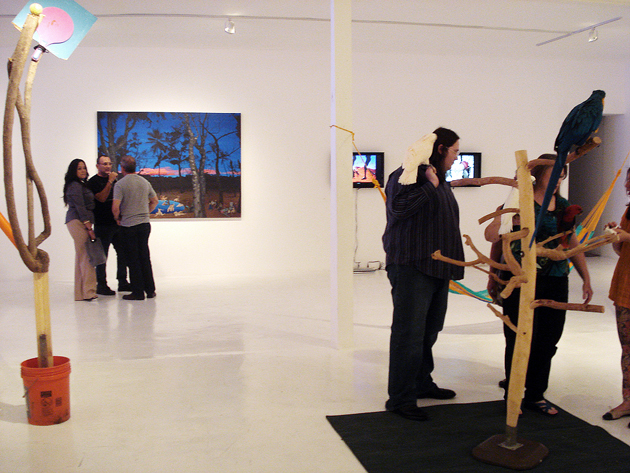
Lastly came Machín, a derivative of macho, usually used to describe a man with an attitude of being overtly masculine, though previously softened. This was an excuse to analyze the role of men in Middle and South American societies as well as gender construction in general, challenging the cliché of the Latin lover and its myth. This of course, leads you only too quickly to sex and that, in turn, takes you back to the ideas of tropicality, Latin-ness and its associated patterns of behavior and cultural preconceptions. MSM is an attempt to understand Miami from a Latin point of view but also a reminder that art can and should be fun and that (to the dismay of many) Miami is exactly what people think it is.
Emiliano Valdes – Images Courtesy Proyectos Ultravioleta

